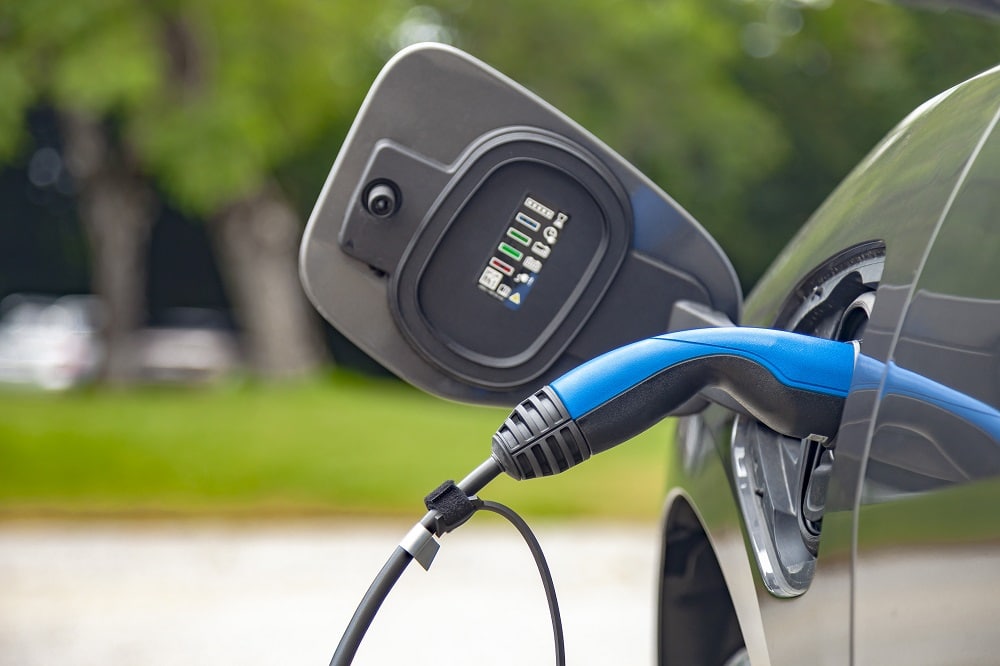In 2023, 20,000 new, fully electric passenger and commercial vehicles were registered in the Polish market. There was also an increase of 1.5 thousand publicly accessible charging points. The electromobility market is growing, however, with greater determination and support for sustainable transportation by the administration, BEV sales in Poland could have exceeded 45,000 last year – estimates PSPA (Polish Alternative Fuels Association).
In its 2023 summary, PSPA also points out legislative stagnation and the lack of tools supporting the transformation of the Polish automotive industry towards products and services for new mobility. Their implementation should be a priority for the current government, not only to reduce emissions from the sector, but primarily for the economic development of Poland.
Electric Vehicle Market
Based on the “Polish EV Outlook Index,” published by PSPA, IBRM Samar, and OTOMOTO, at the end of December 2023, there were a total of 56,934 fully electric passenger and commercial vehicles registered in Poland. Thus, in 2023, the BEV fleet in Poland increased by 70%, and more than threefold since the end of 2021. In 2023, 19,612 new fully electric passenger and commercial vehicles were registered in Poland (over half more than in 2022). The share of BEV in the Polish market increased from 2.7% in 2022 to 3.6% in 2023.
Jan Wiśniewski, Director of the Research and Analysis Center at PSPA, points out that despite growth, the share of fully electric vehicles in the Polish market is still over four times lower than the EU average. While Poland is not last in the Union, 3 member states (Croatia, the Czech Republic, and Slovakia) have even lower rates, but there is a considerable gap to the leaders of the CEE region. The share of BEV in Romania is almost 11%, and in Slovenia nearly 9%. In both countries, the system of supporting buyers of electric vehicles is more effective than in Poland (in Romania, the maximum amount of subsidies can be 50 thousand PLN), and above all – it was implemented much earlier.
The PSPA indicates that the public administration in recent years has not supported zero-emission transport sufficiently. Meanwhile, with relatively minimal legal changes and allocating relatively small funds for subsidizing the e-mobility market, the annual number of new electric car registrations in our country could have exceeded 45,000 in 2023, reaching a similar level to BEV sales in Austria or Portugal.
Charging Infrastructure
According to PSPA data, 2023 ended with a total of 5,933 publicly accessible points (3,282 stations) operating in Poland. This means that the Polish infrastructure network is currently 37% larger than at the end of 2022 and 106% larger than at the end of 2021. In December 2023, DC fast chargers constituted 26% of the total number of points, while AC charger made up 74%. At the end of 2022, this ratio was 23% (DC) to 77% (AC). In 2023, 1,513 new charging points were installed in Poland.
Law for electromobility
PSPA also mentioned that the pace of implementing legal instruments supporting the development of zero-emission transport has not slowed down, but is within the scope of European Union regulations rather than national legislation. Potentially groundbreaking legal acts, such as the amended regulation 2019/631 (banning the registration of new passenger and commercial vehicles with internal combustion engines in the EU from 2035), the previously mentioned AFIR regulation (imposing very ambitious, direct binding requirements in the area of charging infrastructure on all Member States), or the RED III directive (providing for the implementation of targets in the area of minimal renewable energy source usage in final energy consumption in the transport sector by 2030), came into force in 2023.
Industry and Economy
The automotive sector accounts for 8% of Polish GDP and creates almost 400,000 jobs. It is a pillar of the economy in Poland. However, the automotive industry in Europe is facing the greatest transformation in its history, resulting from the EU’s climate objectives, including the ban on selling new fossil fuel cars, which will come into force in less than 14 years. As a result, many Polish companies supplying components for vehicles with gasoline and diesel engines will have to diversify their offer or disappear from the market.
Forecasts for the future
Based on PSPA forecasts, the share of fully electric cars in the Polish market for new passenger vehicles in 2024 may be about 7-8%. This would mean about a 3-fold increase compared to the end of 2022. In 2024, an acceleration of the expansion of public charging infrastructure is also expected. The number of newly installed points may exceed 3,000.
So while demand and social awareness in the area of sustainable transport are growing and a suitable level of supply has been ensured, with the offer of electric cars becoming increasingly attractive (including about 150 models), the conditions for business development in the e-mobility area are still far from optimal. Thus, the pace of growth of this sector in the coming months depends mainly on the actions of the Polish public administration.
